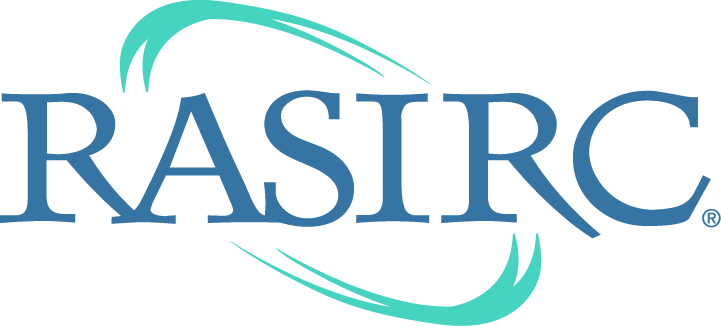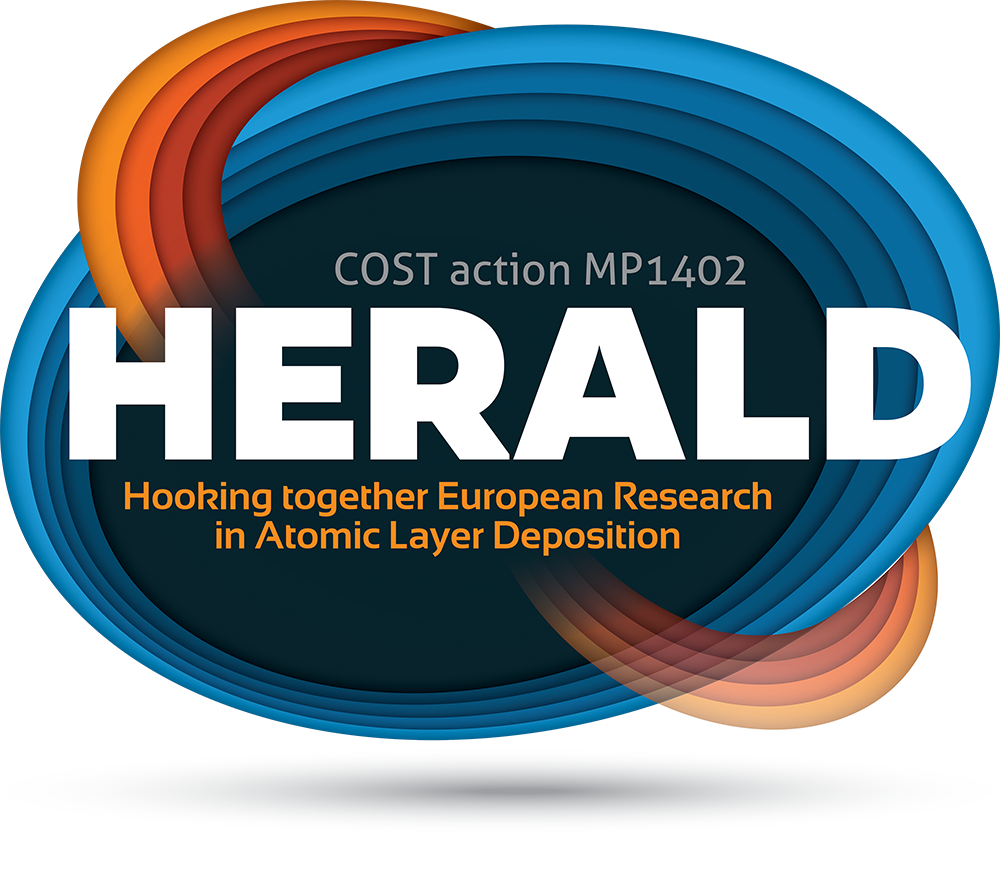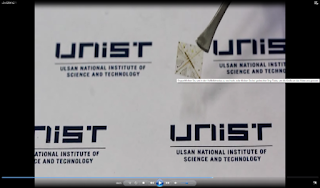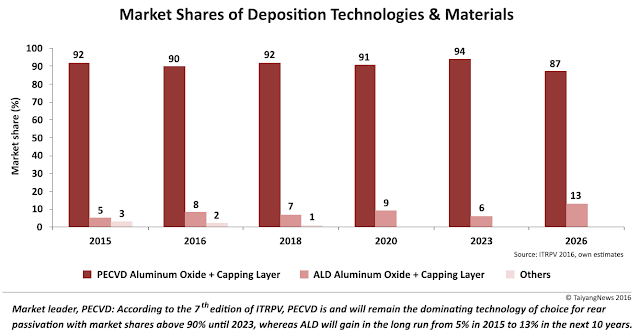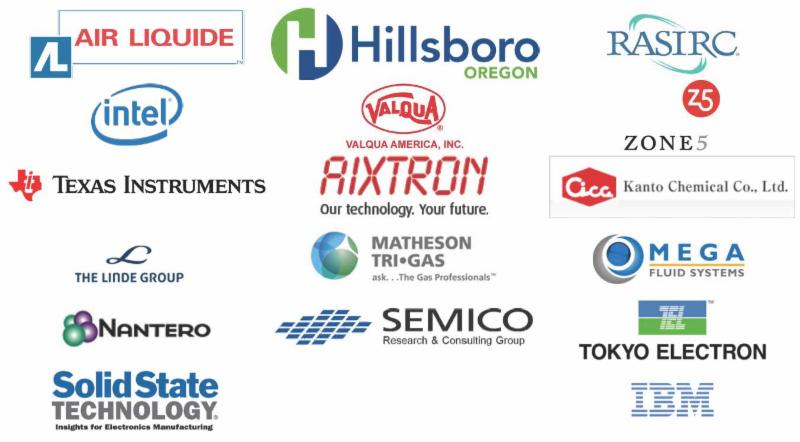Behold ALD people - After defeating both PVD and CVD numerous times there will be now rest for the PLD guys ar coming - Solmates’ PLD platform is the next disruptive deposition technology
following the adoption of atomic layer deposition (ALD) for thin film
manufacturing - Welcome to the club PLD people!
ENSCHEDE, the Netherlands, April 18th 2016-
Solmates has received an important and high profile order for its
Pulsed Laser Deposition (PLD) equipment from world–leading
nanoelectronics research center imec. The system is scheduled for
delivery to imec in Leuven, Belgium during Q2 2016.
Solmates’ advanced PLD equipment is
fundamental in helping to accelerate the entry of new processes into
commercial products. It plays a key role in the development of future
chip designs and the integration of new materials for next generation
transistors.
Solmates will become a member of imec’s
Industrial Affiliation Program (IIAP) Beyond CMOS. This program focuses
on the integration and benchmarking of novel device concepts beyond
traditional transistor scaling. These include piezoelectrics for
alternative computing devices and 2D materials such as graphene and MoS2
for ultimate scaling.
“This important and significant deal fits
our roadmap towards mainstream CMOS compatibility,” commented Solmates’
CEO Arjen Janssens, “Imec is a world-leading center for nanoelectronics
with significant global partnerships and therefore represents the
perfect gateway to this key market.”
Solmates’ PLD platform is the next
disruptive deposition technology following the adoption of atomic layer
deposition (ALD) for thin film manufacturing. The technology uses a
laser to create a plasma of the material to be deposited, enabling
industrial quality deposition of new generation materials. An automated
tool offers high yield, customized deposition of various ‘More than
Moore’ materials on a wide variety of different substrates. The
technology is already in use at various customer sites and several
processes are qualified for (Piezo) MEMS, LED and PowerIC applications.
Solmates owns key patents related to PLD technology and processes.



%20(1).png)
